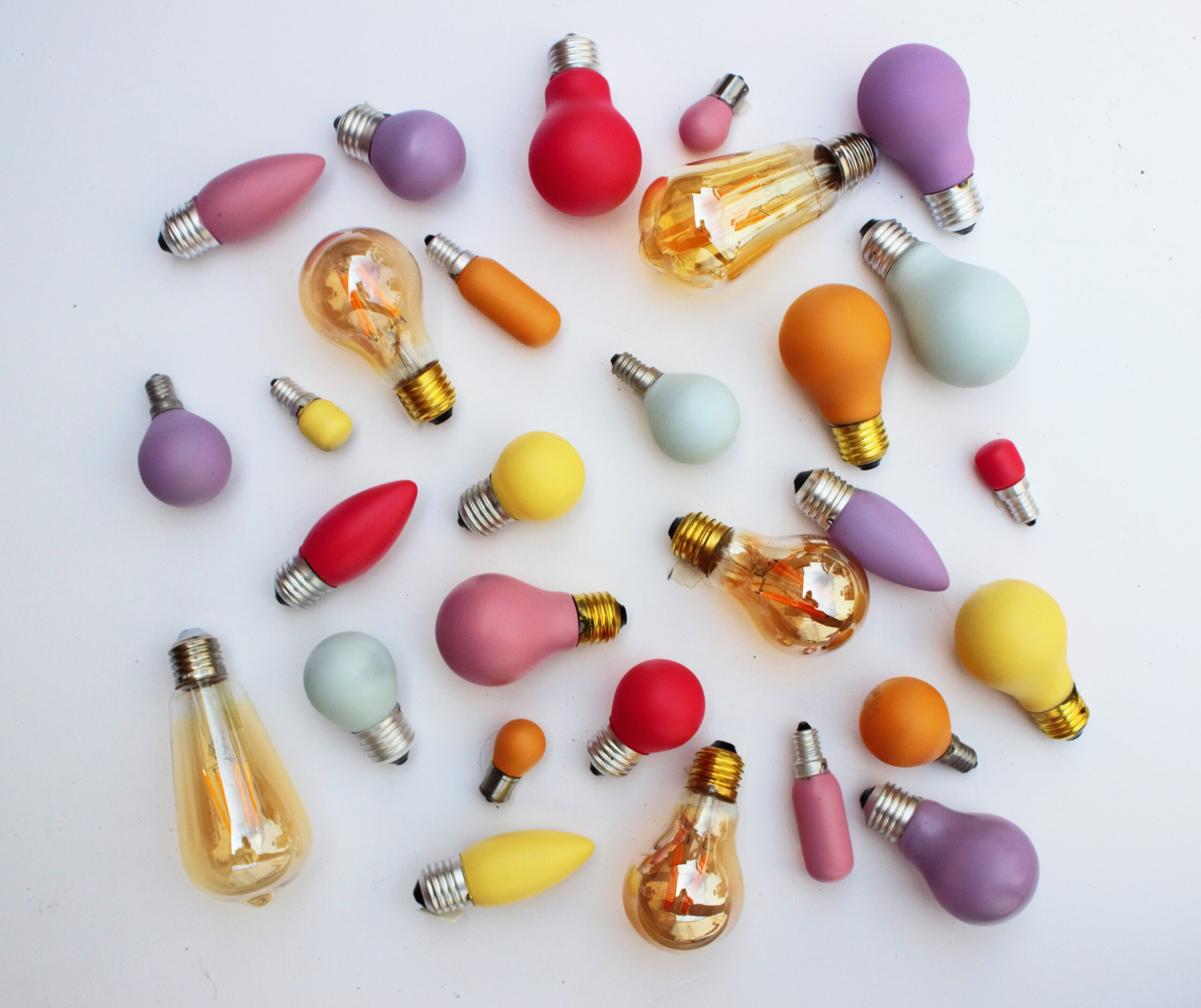Creative Circle wanted to understand what managers’ experiences were working with creatives—how to support them best, and what approaches foster the best environment for stellar creative work. We put out a survey to over 400 industry influencers to get their insights on how they navigate these unique working relationships.
Creative work is inherently different — brainstorming sessions, non-linear processes, a mélange of crafting and editing, and more that goes into creative development. So, how do you best navigate that in the workplace?
When asked, “Is your management style different when managing creatives versus non-creatives?” 59.22% of managers surveyed resoundingly (perhaps unsurprisingly) said “Yes.”
Here are some best practices for working successfully with creatives gleaned from this recent survey.
Be Open to their Process
You may not fully understand a creative’s process and everything happening behind the scenes — and that’s okay! Creative work does not necessarily follow a linear process — and the time it takes to translate an idea into something concrete is not always predictable. Most managers mentioned that when working with creatives, giving them the time and space they need to turn ideas into deliverables is essential. It is important to communicate deadlines clearly, but taking a more project-oriented rather than task-oriented approach to checking in can also be helpful.
“You have to display more patience and trust with creatives.”
“I do not believe in micro-managing. I trust my team, and with that trust comes creative freedom and an atmosphere that fosters imagination and being fearless with ideas and their work.”
“Creatives need more flexibility, less over-communication, and more standardized processes so they can create what they need or accomplish tasks without the fear of feeling over-managed or suffocated.”
“With creatives, I like to tell them the GOAL and a few ways I would accomplish that goal—but leave it up to them. I try to give more space for associative and lateral thinking, so instead of giving them solutions to implement, I give them problems to solve.”
“Creativity is not always available on-demand; part of the process involves time spent searching for inspiration—think doodling, taking a walk, daydreaming. While that may not look like traditional “productive” work, it is a crucial part of the process. If always in “doing” mode, creatives will not have time to generate those BIG concepts necessary for their work. Allowing the time and space for those juices to flow will support results that move the needle.”
“Creatives need time to do deep work and think—so whereas another type of role could sit down to get the work done and not need that deep thinking time, creatives may need time blocked on their calendars to think and research instead of doing. This helps inform the quality of the final product.”
“I tend to give them more autonomy. As a creative, I know how important it is to step away to get inspiration. That can be a walk in the park. A stroll to a coffee shop. Or just a quick nap.”
“Creatives need more space and affirmation, as well as clear goals and timelines. So, you manage them according to what motivates and drives results.”
Individualize Your Approach
Creative work can be deeply personal. Many creatives feel like they are pouring a piece of themselves into their ideas; if you can strive to ensure that there is alignment — with you, the team, and the brand — you will maximize a successful working relationship.
Ask what kind of support works best — what inspires them to generate new ideas? When interviewing and hiring, look for someone whose work and perspective resonate well with your brand, as well as their ideal work environment, how they best receive and process direction, and their preferred mode for feedback. And remember, just because someone is a great designer does not mean they are great for your project.
“I establish relationships with creatives while managing them. I think it’s important to have good, strong relationships first with creatives to understand their values and how they like to work in order to get the best work from them.”
“I feel it is more holistic in that there are layers and levels of communication, such as emotional intelligence, visual intelligence, intellectual intelligence — all combined.”
Emphasize Collaboration
Creatives don’t want to feel like they’re working FOR you; they want to feel like they’re working WITH you! Fostering a sense of collaboration can help creatives be more confident in developing and sharing more out-of-the-box ideas and allow for more productive feedback. Approaching each project as a shared mission—rather than an assigned task—can make the work feel more exciting and inspiring.
“When managing creatives, I take the time to build more personal relationships.”
“I tend to make sure there is lots of brainstorming and weekly meetings involved. There is no wrong or right way to be creative, and I think it is very important that the artist feels heard in the process.”
“I am probably more open to a creative’s consultation on a project (tone, aesthetic, demographic, project viability) and consider their input more deeply than with non-creatives, just by the nature of the work and because they were hired for their creativity, not to be held down to specific parameters.”
Value their Creative Insight
Creatives bring fresh and new ideas to the table, and it’s essential that managers acknowledge that. They’re generating unique concepts and content that would not exist without them.
When offering feedback, try emphasizing actionable changes rather than “no, this is wrong” or vague instructions like “make it pop more.” Suggesting a shift in direction and asking open-ended questions can keep the creative process moving rather than creating confusion.
“Creatives need actionable feedback. If you can’t articulate what is wrong or needs revision and a direction they should move in, you can wind up spinning on the same work. Because creatives put so much of themselves and their passion into their work, I’m also more sensitive in how I give feedback. I don’t want to diminish their work; just help it get in the place our clients will be happy with.”
“I always treat my creatives like they know as much as me or more. I never assume I am in a lead position because I know more. Being a manager isn’t about being the smartest or the best; it is about being able to bring people together to create one cohesive project.”
Finding the Right Fit
With all this in mind, how do you find the perfect creative member for your team? We asked managers about their most critical questions when interviewing, and they pointed to the following topics:
Timeline // At the end of the day, you want to have the work when needed. If your projects have strict deadlines, make those clear upfront and gauge if a potential hire feels up for that challenge. Ask if they have experience with tight timelines or juggling multiple deadlines.
Style // Look at their portfolio of previous work. Would it adapt well to your client or project? Does their style make sense for your project or brand? Ask about past projects they found exciting; it can help you gauge if they will be inspired by what you are asking them to create.
Process // Learning how a creative works can do wonders for getting your working relationship off to a great start. Do they prefer to work collaboratively or independently? Do they like consistent feedback throughout the process or want to bring forward fully formed concepts for review? Knowing how an individual thrives in this process can help you find someone that will mesh well into your workplace’s flow.
Grasping the creative workflow may prove elusive — but understanding how to communicate and manage people who do can help ensure stellar results that make you (and your clients) happy.
About the author.
An award-winning creator and digital health, wellness, and lifestyle content strategist—Karina writes, produces, and edits compelling content across multiple platforms—including articles, video, interactive tools, and documentary film. Her work has been featured on MSN Lifestyle, Apartment Therapy, Goop, Psycom, Yahoo News, Pregnancy & Newborn, Eat This Not That, thirdAGE, and Remedy Health Media digital properties and has spanned insight pieces on psychedelic toad medicine to forecasting the future of work to why sustainability needs to become more sustainable.



